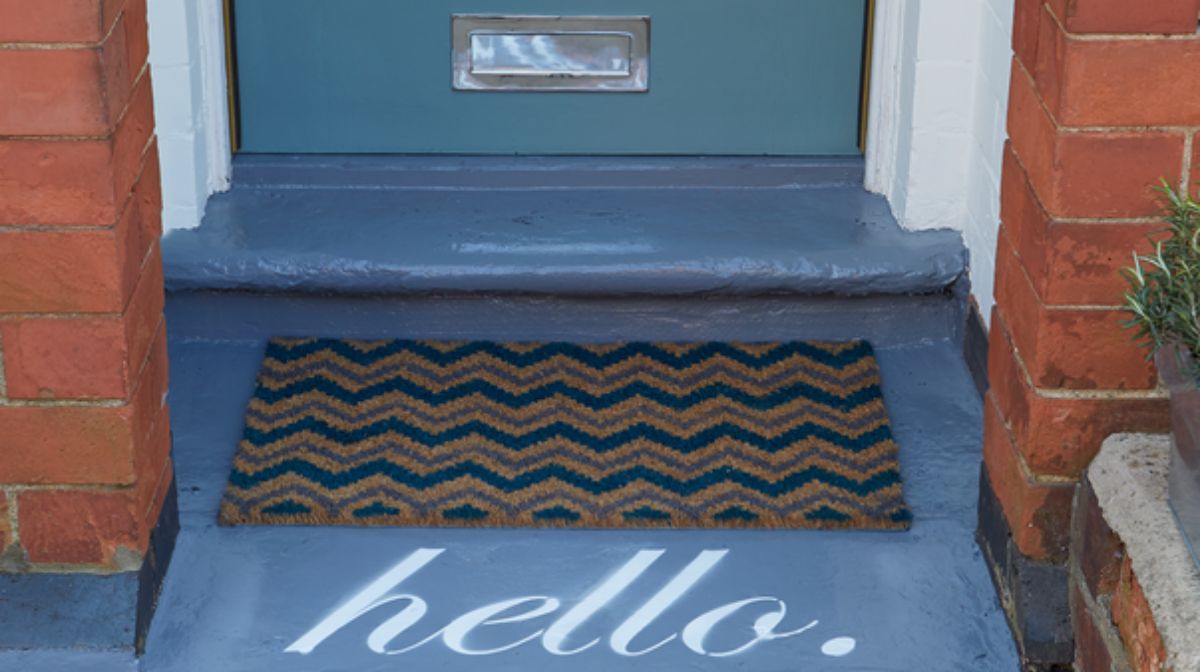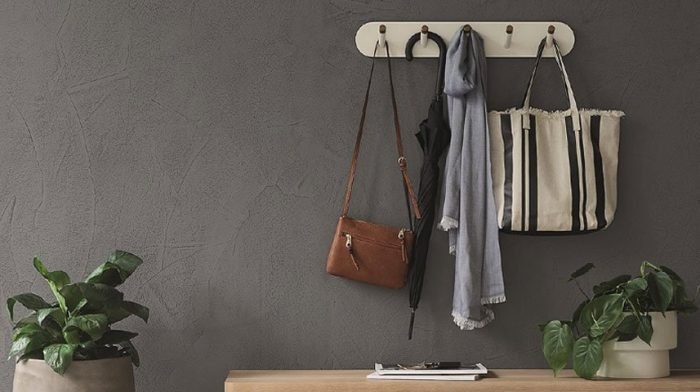Painting the front door is a small project that can be done over a single weekend and will have a big impact on the kerb appeal of your home. The front door is something you use every single day, so giving it a fresh coat of paint is a really worthwhile project. Follow our step-by-step guide to learn how to paint your front door like a professional.
Colour conundrums
As exciting as it can be to dive into a new DIY project, take some time to carefully consider which colour is the best option for your front door. Take into account the style of your house and the architectural era it belonged to – a bit of research can help you make an informed decision. Whether you’re trying to break from tradition or stick to the classics, make sure the colour and finish you choose is one you’re going to love for a long time.
Need some colour inspiration? Explore our range of external door paint.
So, let’s get going. The materials and tools you’ll need are:
Materials:
Tools:
Before you get stuck into any of our ‘how to’ guides, please read through our DIY safety tips. You can also shop our range of safety tools and materials. It’s also important to consider the weather before starting any exterior decorating project. Your paint will require sufficient drying time for a high quality finish, so make sure you save this task for a dry day.









